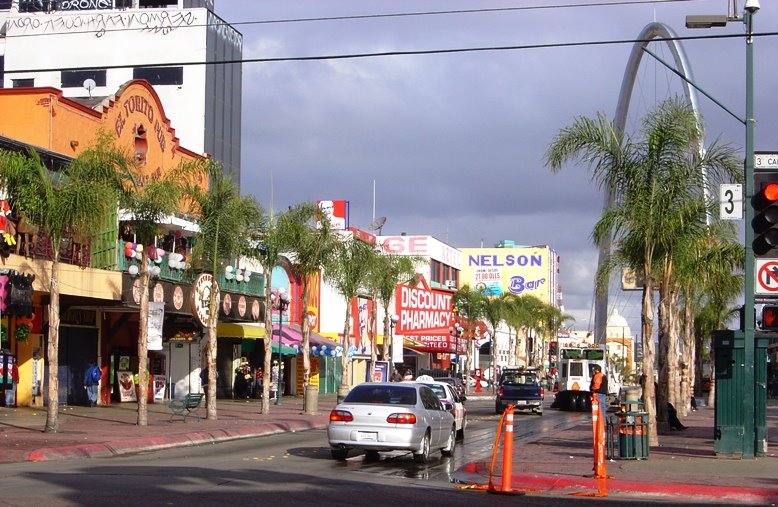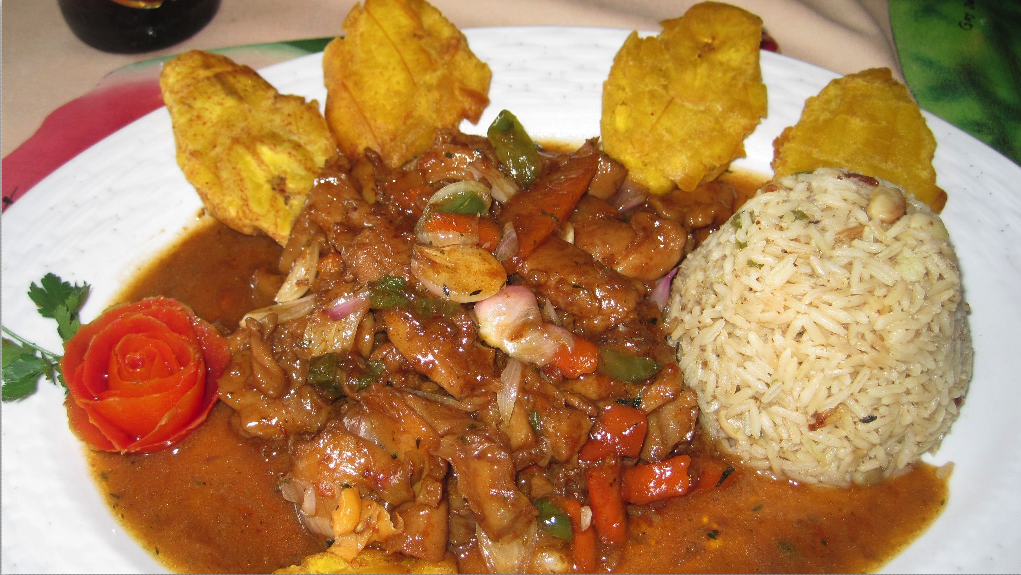
By NAN Travel Editor
News Americas, WASHINGTON, D.C., Weds. Aug. 23, 2017: The U.S. Department of State on Tuesday issues a travel warning to its citizens against traveling to several Mexican states. They are:
1: Baja California – this includes Tijuana, Rosarito, Ensenada, Tecate, and Mexicali
The US is warning nationals against travel in the northern state of Baja California, particularly at night. Criminal activity and violence, including homicide, remain an issue throughout the state, said the State Department statement. Baja California has experienced an increase in homicide rates compared to the same period in 2016 and appears to be turf battles between criminal groups. Due to poor cellular service and general road conditions, U.S. government personnel are only allowed to travel on “La Rumarosa” between Mexicali-Tijuana on the toll road during daylight hours.
2: Chihuahua – including Ciudad Juarez, the city of Chihuahua, Ojinaga, Palomas, Nuevo Casas Grandes and Copper Canyon.
The US advisory says criminal activity and violence remains an issue throughout the state of Chihuahua and its major cities and urges US nationals to limit travel to daylight hours on major highways.
3: Coahuila
U.S. citizens are being advised to defer non-essential travel to Coahuila, with the exception of Saltillo, Bosques de Monterreal, and Parras de la Fuente, because of the high incidence of violent crime, particularly along the highways between Piedras Negras and Nuevo Laredo.
4: Colima including Manzanillo
U.S. citizens are warned to defer non-essential travel to this border region, including the city of Tecoman.
5: Estado de Mexico including Toluca and Teotihuacan
U.S. citizens should defer all non-essential travel to the municipalities of Coacalco, Ecatepec, Nezahualcoyotl, La Paz, Valle del Chalco, Solidaridad, Chalco, Ixtapaluca, and Tlatlaya due to high rates of crime and insecurity, unless traveling directly through the areas on major thoroughfares. They are also advised to avoid traveling on any roads between Huitzilac, Morelos, and Santa Martha, Estado de Mexico, including the Lagunas de Zempoala National Park and surrounding areas.
6: Jalisco including Guadalajara, Puerto Vallarta, and Lake Chapala
U.S. citizens should defer non-essential travel to areas that border the states of Michoacán and Zacatecas because of continued instability. U.S. government personnel are prohibited from personal travel to areas of Jalisco that border Zacatecas, intercity travel after hours, and from using Highway 80 between Cocula and La Huerta.
7: Michoacan including Morelia
U.S. citizens should defer non-essential travel to the state of Michoacan, except the cities of Morelia and Lazaro Cardenas, and the area north of federal toll road 15D.
8: Morelos including Cuernavaca
U.S. citizens should defer non-essential travel on any roads between Huitzilac in the northwest corner of the state and Santa Martha, Estado de Mexico, including the Lagunas de Zempoala National Park and surrounding areas.
9: Quintana Roo including Cancun, Cozumel, Playa del Carmen, Riviera Maya, and Tulum
U.S. citizens should be aware that according to Government of Mexico statistics, the state of Quintana Roo experienced an increase in homicide rates compared to 2016. While most of these homicides appeared to be targeted criminal organization assassinations, turf battles between criminal groups have resulted in violent crime in areas frequented by U.S. citizens. Shooting incidents, in which innocent bystanders have been injured or killed, have occurred.
10: Sinaloa including Mazatlan
This is where one of Mexico’s most powerful criminal organizations is based in the state of Sinaloa, and violent crime rates remain high in many parts of the state. US Citizens are urged to defer non-essential travel to the state of Sinaloa, except the cities of Mazatlan, Los Mochis, and the Port of Topolobampo.
11: Sonora including Nogales, Puerto Peñasco, Hermosillo, and San Carlos
Sonora is a key region in the international drug and human trafficking trades. U.S. citizens traveling throughout Sonora are encouraged to limit travel to main roads during daylight hours and exercise caution on the Highway 15 corridor from Nogales to Empalme. Puerto Peñasco should be visited using the Lukeville, Arizona/Sonoyta, Sonora border crossing, and limit driving to daylight hours. Due to illegal activity, U.S. citizens should defer non-essential travel to: the triangular region west of Nogales, east of Sonoyta, and north of Caborca (including the towns of Saric, Tubutama, and Altar); the eastern edge of the state of Sonora, which borders the state of Chihuahua (all points along that border east of Federal Highway 17, the road between Moctezuma and Sahuaripa, and state Highway 20 between Sahuaripa and the intersection with Federal Highway 16); South of Hermosillo, with the exception of the cities of Alamos, Guaymas, and Empalme. Defer non-essential travel east of Highway 15, within the city of Ciudad Obregon, and south of the city of Navojoa.
12: Tamaulipas including Matamoros, Nuevo Laredo, Reynosa, and Tampico
U.S. citizens are being warned to defer all non-essential travel to the state of Tamaulipas due to violent crime, including homicide, armed robbery, carjacking, kidnapping, extortion, and sexual assault. The number of reported kidnappings in Tamaulipas is among the highest in Mexico. State and municipal law enforcement capacity is limited to nonexistent in many parts of Tamaulipas. Violent criminal activity occurs more frequently along the northern border and organized criminal groups may target public and private passenger buses traveling through Tamaulipas. These groups sometimes take all passengers hostage and demand ransom payments.









